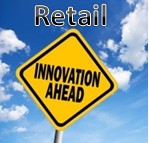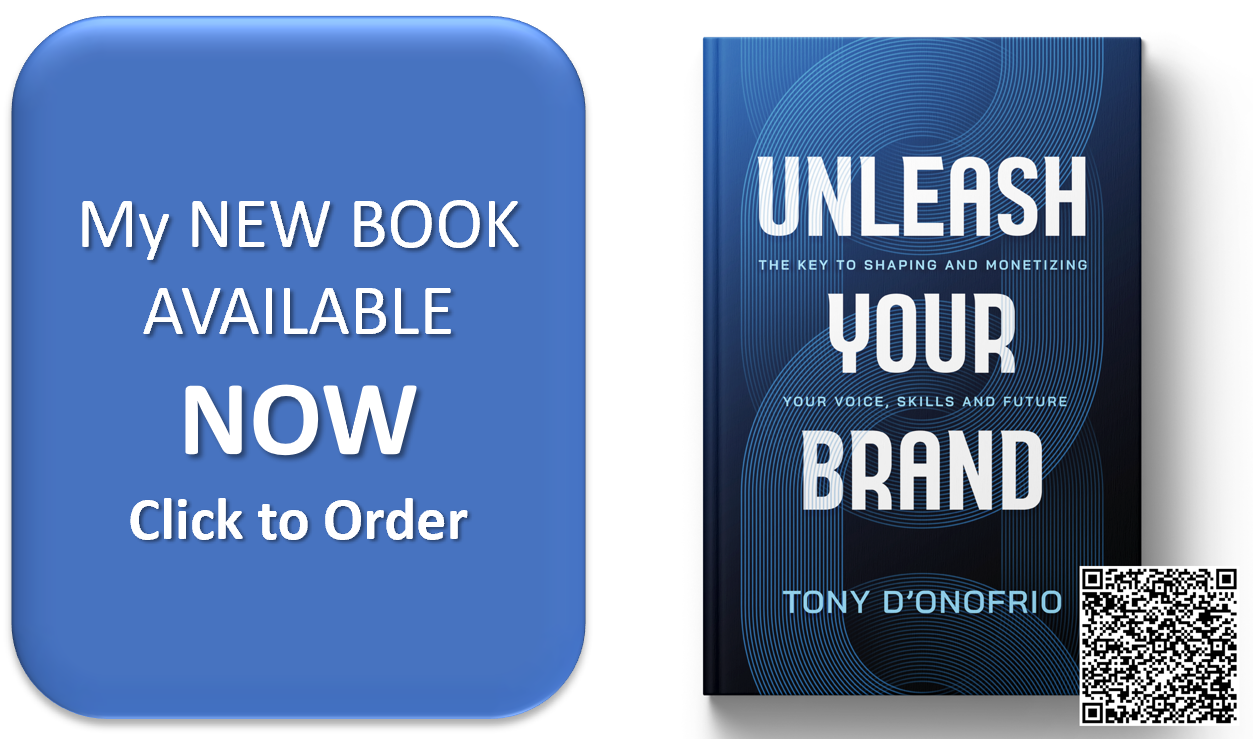"In many ways it is "Back to the Future" of Retail......Technology is bringing back the capabilities to get back in touch with the retail customer. The winners once again will be those that focus on the customer experience, both in store and online." - Tony D'Onofrio
Multiple industry posts this week led to the following question:
- Are the top 10 innovative companies for 2013 a representative sample of the future of the retail industry?
Let's start this week by summarizing the top 10 global retail innovative companies identified by FastCompany(*):
- Nike - For a pair of revolutionary new products and a culture of true believers. $24 Billion in revenue, up 60% from 2006 when CEO Mark Parker took over.
- Burberry - For sending brick & mortar stores into the next century. For example, using RFID chips to transmit product information to the nearest LCD screen when a customer brings the item near.
- 7-Eleven - For localizing and compartmentalizing its stores. Partnership with Amazon allows users to have small packages delivered to stores rather then their homes.
- Sephora - For offering a mix-and-match solution for your skin. Color detection technology used in graphic design to match colors was used to develop a handheld gadget that holds more that 1,000 SKUs and can determine an exact match to the customer's skin tone.
- Everlane - For offering high quality goods without the middleman. By using a limited batch model, this online clothier keeps demand high. In 2012, the site grew to nearly half a million users.
- Black Milk Clothing - For crowdsourcing an online shopping experience. The Australian company known for leggings lets its customers contribute the product photography using Twitter and Instagram.
- Svpply - For being your personalized wish list. The social shopping site which was acquired by eBay last year predicts what products a user will like based on their social media feeds. It then lets users store those items in an online closet, or simply buy them. Now has more than a million products in its repertoire.
- Crate & Barrel - For letting you build your living room without using a hammer. With Crate & Barrel 3D Room Designer launched in 2012, users can upload pictures of their own room and see how the desired couch, table, or lamp will look. By snapping a picture and sending it to the local store, customers can work with store associate to browse the more than 2000 items and pick the perfect pieces for their room.
- MakerBot - For bringing an industrial tool to the average Joe. Its 3D printers let serious (or amateur) craftsmen create and share new products, free from the once prohibitive cost of manufacturing.
- Uniqlo - For making fast fashion actually fashionable. Announced the goal of opening 2000 stores in the United States. With brand collaborations with the likes of Jill Sander and Rei Kawakubo, the clothing giant keeps prices low and fashion high.
The Retail Prophet Doug Stephens in early February published his thoughts on the key attributes of the Future Retail Store (**):
- Less Take and More Make - "Stores will increasingly become places that we visit, not simply to pick up mass produced articles, but also to design, and co-create special things with the personal assistance of experts."
- Less Product and More Productions - "Smart brands will have no choice but to focus on increasing amounts of attention on making their store spaces experiential brand starting points, with high production value."
- Less Conversation but More Converts - "The purpose of the retail will no longer be to solely convert every customer into a buyer, but rather to transform them into disciples of the brand itself."
- Less People but More Performance - "The economics of online competition mean that brick & mortar discount merchants will have no alternative but to completely automate their store environments to remain cost competitive. The era of minimum wage clerk is giving away to the simultaneous rise of the robot on the low end and the Brand Ambassador at high end."
- Less Interruption and More Exchange - "The current practice of asking for personal information will give way as consumers garner more tools to filter out these useless overtures. The transition is less about privacy and data and more about earned trust through performance."
- Less Established and More Ephemeral - "Consumers, especially younger consumers are developing an insatiable appetite for what's new and next. Change will be continual."
- Less Average and (Much) More Remarkable - "In a contrasting market there will be little room for sameness."
The final link this week was a post from Tara DeMarco titled "Future retail stores will focus on experiences before products (***)." A few quotes from this post:
- "Stores will become more theatrical, more immersing, and more of a life experience rather than simply a place to get something. As much as they are selling products they will be selling a good time, a lifestyle."
- "Retailers might devote less space to mass product on the sales floor and more space to product immersion, as seen in Apple stores. Inventory could conceivably not even exist in the "store" environment at all, but be shipped directly to your home from a distribution center."
- "Flexible environments are key to staying fresh, and relevant, meaning that displays should be as temporary as possible. One way of doing this is through digital signage, which updates constantly."
- "Consumers right now don't have a high trust level with retailers. However, our research also shows that when you start to simply give them the opportunity to get some better pricing and discounts, or better service, consumer tend to get over the privacy issue relatively quickly."
- A few stores - Burberry, C.Wonder in New York,Nordstrom - have experimented with dressing rooms that the customer can actually tailor themselves. You go into a booth...where you can either plug in your iPad, your iPhone for your own music, you can adjust the light levels, and have your own personal oasis."
Are the top 10 innovative companies for 2013 a representative sample of the future of the retail industry?
If you interweave the key themes from the three posts from this past week, the answer is a definite yes.
- The future of retail starts with having a strong brand. A majority of the brick & mortar retailers have strong global brands. Innovation for these global brands is on extending their business models by leveraging new technologies such as the Internet, social media, RFID, smart dressing rooms, digital signage, etc.
- As the list of of the top 10 innovative companies indicates, new successful retail business models are emerging without the need for brick & mortar stores. The future of retail is about creating unique experiences, increasingly online, that lead to consumer "fanatics" for your particular brand. Social media and other interactive business online tools are the new "word of mouth" for growing a loyal customer base.
- Those retailers that more aggressively embrace new technologies and new business models that blend the brick & mortar with the online experience will be the future winners. If you are not already aggressively pursuing onmichannel strategies to facilitate the shopping process and more actively engaging your customers, you may actually be too late in transitioning to the future of retail.
In many ways it is "Back to the Future" of Retail. The original mom & pop store was about engaging your local customer by their first name, picking the items off the shelf for them, engaging in a conversation with the shopper, and making them feel important to the survival of your retail enterprise. Technology is bringing back the capabilities to get back in touch with the retail customer. The winners once again will be those that focus on the customer experience, both in store and online.

(*) http://ow.ly/hYYmK (**) http://ow.ly/hZ12c (***) http://ow.ly/hZfb6
















